
Thanksgiving makes me think of my grandparents and how resourceful they were. They raised eight children through the Great Depression on a coal miner's wages.
Grandma and Grandpa had a terrific garden and several fruit trees on their small plot of land. I'm sure they were bee-friendly.
They were not beekeepers, but I'm sure they knew people who raised bees. If so, they probably used a bee gum.

The main purpose was to hollow out the center of the log, usually by burning out the center. Others would simply harvest a tree that was naturally hollow and then cut off the portion(s) to make the hive.

As you can see from the image to the right, the bee gum had all the basics of a hive. It allows the bees to move between the nest bottom where the brood was developed.
With the sticks inserted at the top and middle, the bees will build their comb on the sticks and set up shop.
A few small holes are drilled at the bottom of the log, or notches are made, to allow the bees easy exit and entrance into the hive. The log is then set on a large flat surface such as a board or large rock, to provide a landing space

They will bind their comb to the underside of the boards, which sit on top of the sticks inside the hive.
The harvest procedures are most likely similar to how a top bar hive is harvested as well.

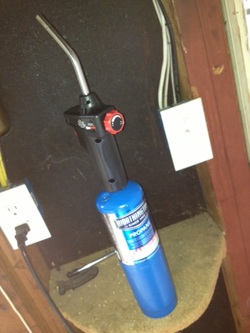
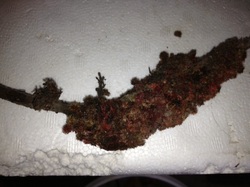


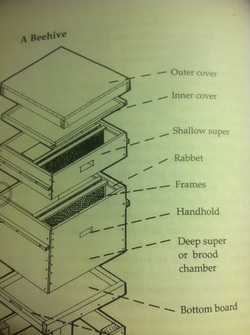
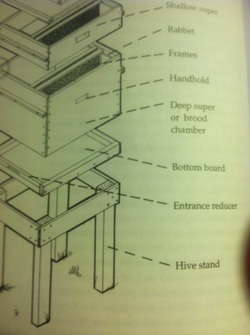
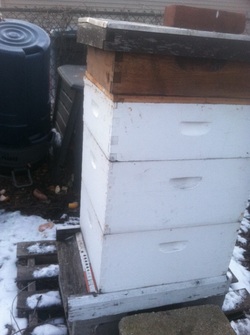
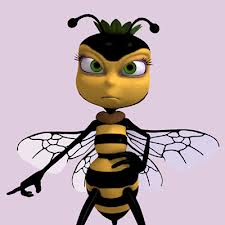

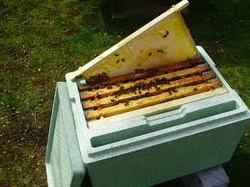
 RSS Feed
RSS Feed